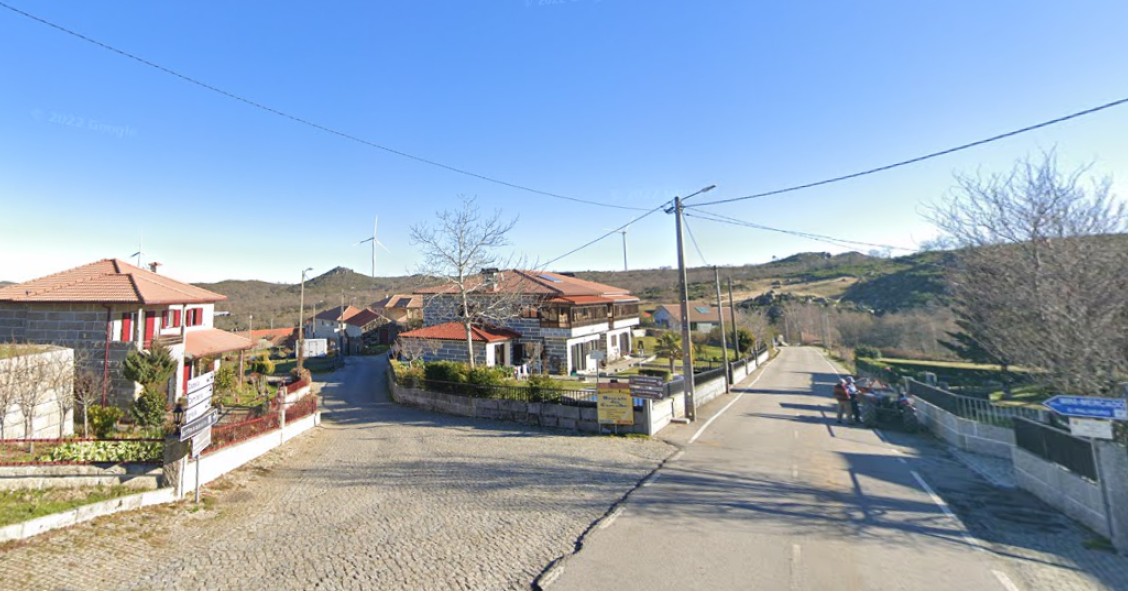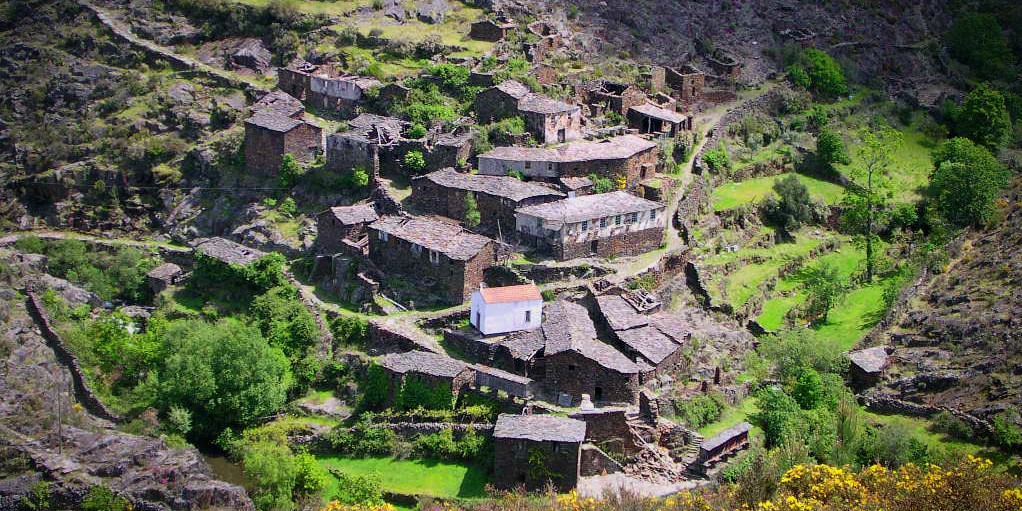
Nestled in the heart of the Serra da Freita, in the municipality of Arouca, the village of Drave is a true ghost town. Abandoned for nearly two decades, it has no accessible roads, electricity, or basic services—reaching it requires a walk along rugged mountain trails.
This silent refuge is made up of ruined schist houses, preserved chapels, and breathtaking views. Here’s why it’s considered Portugal’s most isolated village.
A place forgotten by time
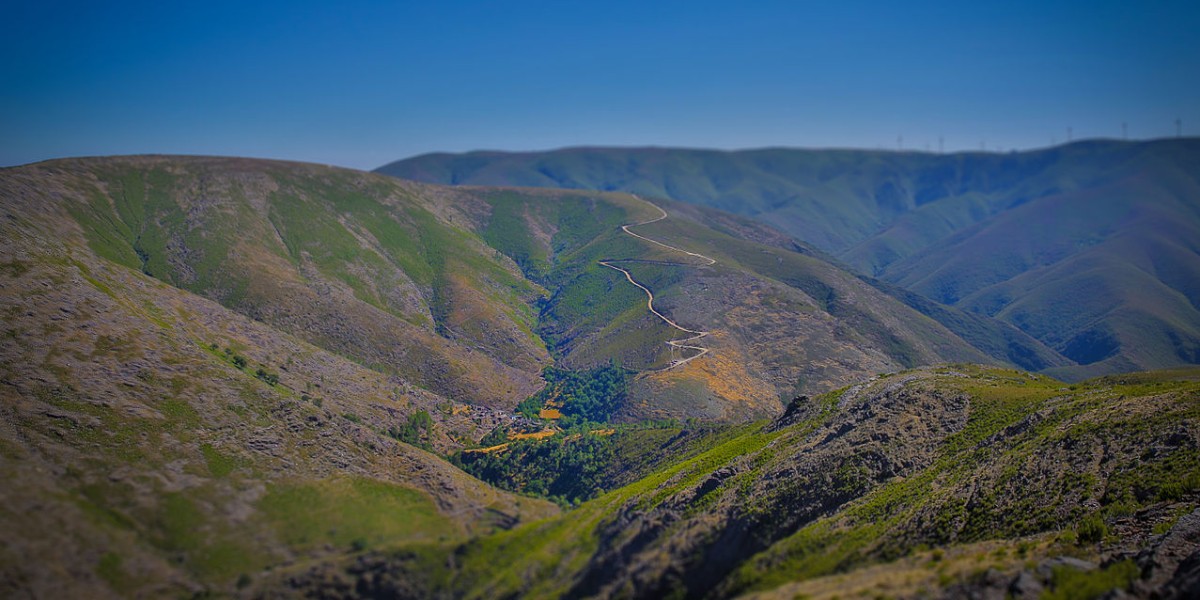
In Portugal’s remote mountains, along trails seldom used, lies a village where no one has lived for almost twenty years. There’s no traffic, no neighbours, and no sign of modern life—only ruins, silence, and traces of a once-thriving community.
Drave isn’t just sparsely populated; it’s completely empty. Time seems to have stood still, and the only sound is nature slowly reclaiming the space once occupied by humans.
Drave: what kind of village is this?
Often described as Portugal’s most isolated village, Drave sits in a remote corner of the Serra da Freita with no roads accessible to cars. To reach it, you must walk around four kilometres along mountain paths. The journey is challenging, but the scenery is stunning—and there’s a strange, almost eerie feeling of stepping into a place that no longer belongs to the present.
How did the village become a ghost town?
Like many inland villages, Drave gradually lost its population. Young people moved away, the elderly passed on, and life became increasingly difficult.
Some of the main reasons for its abandonment include:
- Extremely difficult access;
- No modern infrastructure, such as electricity, sanitation, or telecommunications;
- Lack of basic services, such as schools, health centres, or shops;
- Political and institutional neglect over decades.
What’s left in Drave today?
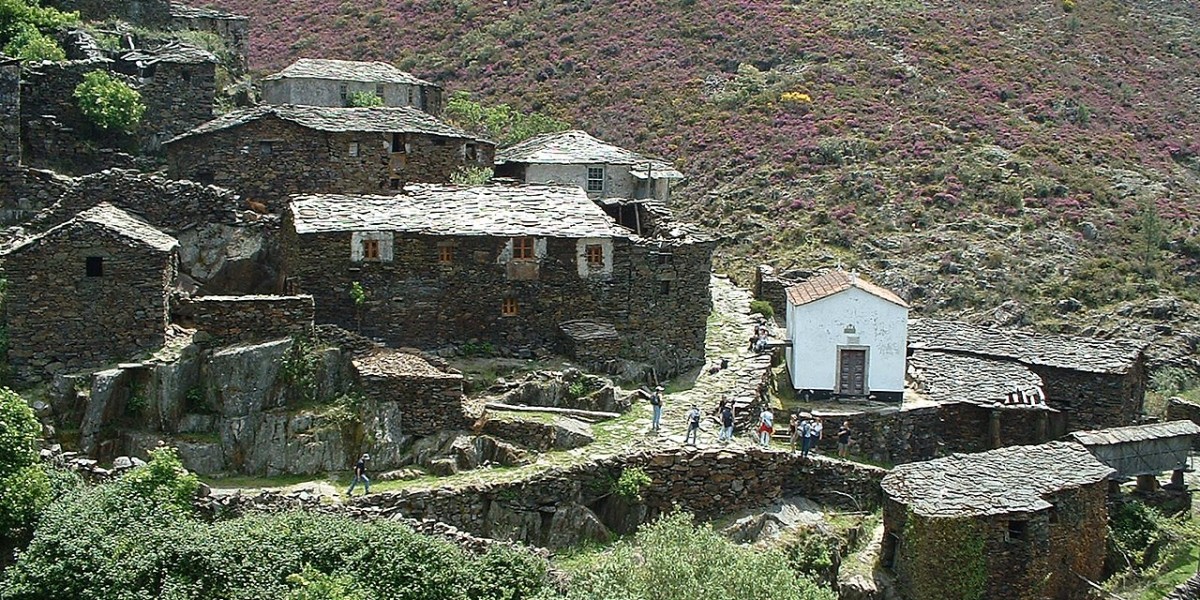
Although uninhabited, Drave has not been entirely forgotten. Scouts from across the country use the village for camping and have helped maintain some of its structures.
Visitors can still see:
- Schist houses in various states of ruin;
- A small preserved chapel;
- Traditional features such as stone sinks, walls, wine presses, and granaries;
- Trails offering incredible views over the valley;
- No electricity or mobile signal—just sky, mountains, and silence.
Other abandoned villages in Portugal
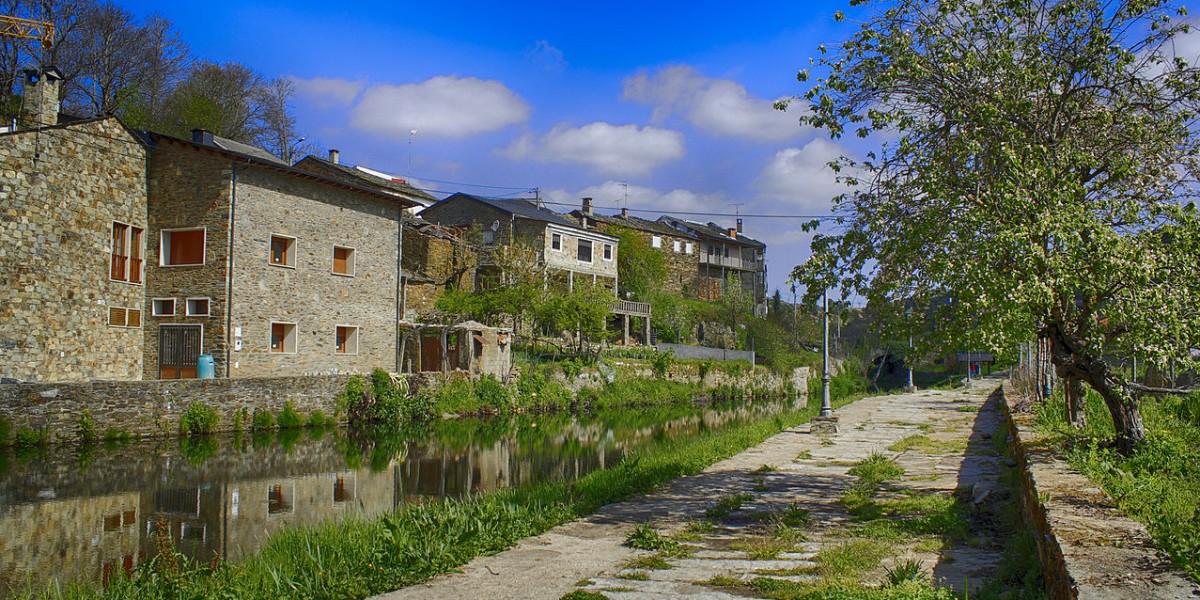
Drave is rare in both its isolation and the length of time it has been deserted. Other notable examples include:
- Aldeia da Luz (Mourão): submerged in 2002 by the Alqueva dam; a new village was built, but the original lies beneath the water;
- Varziela (Melgaço): abandoned around 30 years ago, now slowly being restored by new owners;
- Rio de Onor (Bragança): still inhabited, but remains an example of enduring cultural and geographical isolation.
Is it worth visiting Drave?
For lovers of nature, adventure, and forgotten heritage, the answer is yes—if you approach it with respect.
The walk to Drave requires some preparation, but it offers a unique experience. There are no restaurants or accommodation—just a chance to reflect, explore, and experience silence. It’s a reminder of what Portugal is gradually losing as its interior villages are abandoned.
If the idea of stepping into a place where time has stopped, where no one has lived for nearly 20 years, and where nature has reclaimed everything appeals to you, Drave deserves a spot on your map.

